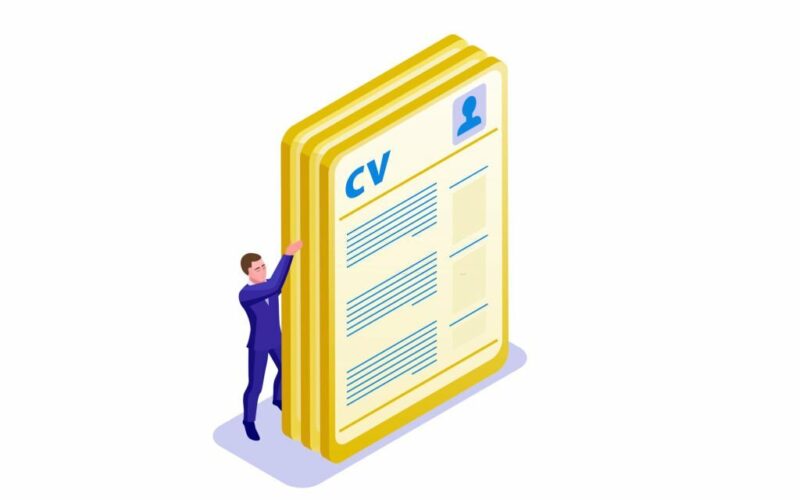Table of Contents
How to Format Your Professional Resume
Tips to Create a Perfect Professional Resume Format: Start with an introduction. Your resume is a marketing document, not an autobiography. Lead with a brief overview of your skills and experience, using quantifiable metrics if possible. Next, list your experience in reverse chronological order. Start with your most recent position and work backward. Include the name of the company, your job title, and the dates you worked there. Under each position, list your main responsibilities and achievements. Try to use powerful words and quantify your results where possible. Don’t list simple duties like “worked with clients” or “managed a team” The final section should be your education. Include the name of the school, the degree you earned, and the date. If you have any relevant coursework or certifications, list them here as well.
The Different Sections of a Professional Resume
There are a few different sections that you’ll want to include in your resume.
The first is your contact information. Be sure to list your name, address, phone number, and email address. The second section is your education. Include the name of the school you attended, the degree you earned, and any honors or awards you received. The next section is your work experience. List the company’s name, your job title, and the dates you worked there. The final section is about your skills. This is a great place to list any special skills or knowledge you have that could be relevant to the job you’re applying for.
List Your Education on Your Professional Resume
The education section of your resume is important because it tells potential employers about your qualifications. It’s also one of the most straightforward sections to format. Here are a few tips for formatting your education section:
- List your degree and the name of the institution you received it from.
- If you have any notable academic achievements (like being on the Dean’s List), list them here.
- If you have any relevant coursework or professional development courses, list them here.
- Don’t include your high school education or grade point average.
Remember, the goal is to showcase your qualifications, not your schooling. So make sure that the information you include is relevant and impressive.
List Your Skills on Your Professional Resume
You’re probably wondering how to best list your skills on your resume. After all, you want to make sure that your resume highlights your skills and qualifications in the best light possible. Here are a few tips:
- First, make a list of all the skills you have that are relevant to the job you’re applying for.
- Then, highlight the skills that are most important for the job.
- Once you have your list of key skills, you can start listing them on your resume.
- You can list them under a “Skills” section, or you can integrate them into your work experience section.
- Whichever way you choose to list them, make sure you highlight why these skills are relevant for the job you want.
Examples of a Professional Resume Format
Here are a few examples of what a professional resume format might look like:
- If you’re a recent graduate or don’t have much work experience, you might want to use a chronological resume format. This format lists your work experience in reverse chronological order (starting with your most recent job and working backwards).
- If you’re an experienced professional, you might want to use a hybrid resume format. This format combines the best aspects of both a chronological and functional resume.
- If you have gaps in your employment history or are switching careers, you might want to use a functional resume format. This format emphasizes your skills and abilities rather than your work history.
FAQs about Creating a Professional Resume
You might be wondering about some of the logistics of creating a professional resume. Here are the answers to some frequently asked questions that can help guide you through the process.
-
How long should my resume be?
The answer to this question varies depending on your experience and field. In general, it’s best to keep your resume to one or two pages. If you have a lot of experience, you can go up to three pages.
-
What font should I use?
The best fonts for resumes are ones that are easy to read, such as Arial, Times New Roman, or Calibri. Avoid using fancy or decorative fonts, as they can be difficult to read.
-
What should I include in my resume?
Your resume should include your contact information, work experience, education, skills, and any other relevant information that would be helpful for a potential employer. You can also include links to your website or blog, if you have one.
-
How should I format my resume?
There are a few different ways to format your resume. The most important thing is to make sure it is easy to read and looks professional. You can use bullet points, headers, and subheadings to organize your information.
Creating a professional resume doesn’t have to be difficult. By following these tips, you can make sure your resume is looking its best.









